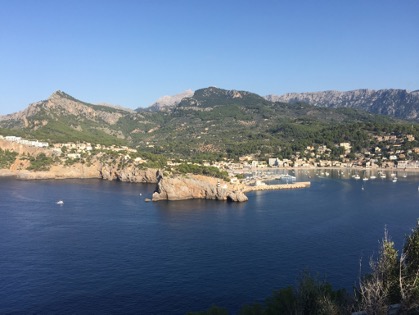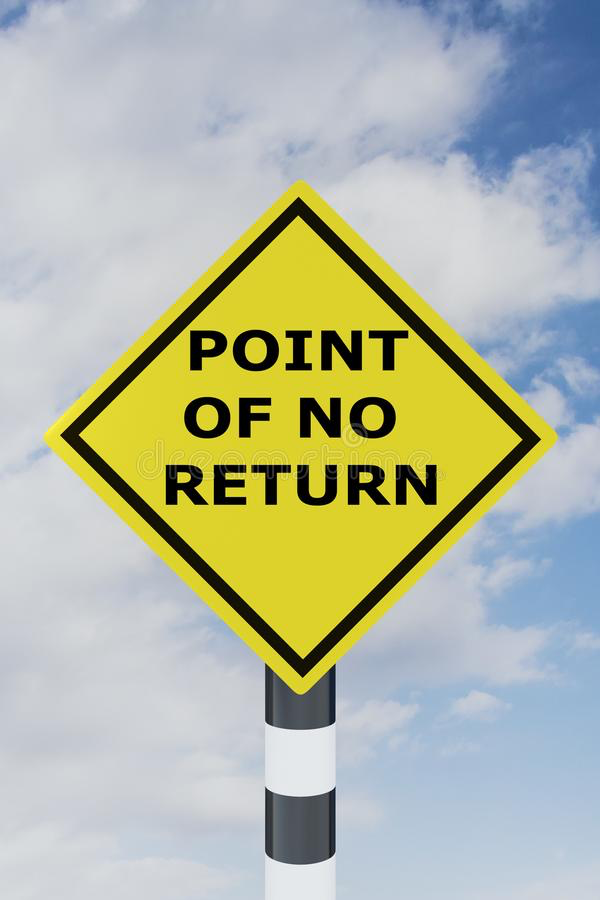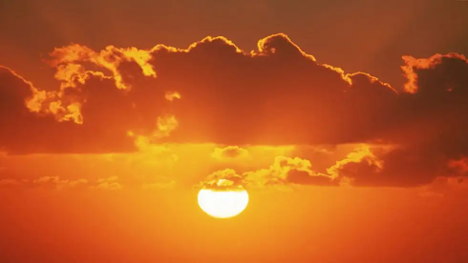“Jews will not replace us! Jews will not replace us! Jews will not replace us!” I first heard of “replacement theory” following the neo-Nazi, Unite the Right, demonstration in Charlottesville, Virginia, on August 11, 2017. Antisemitic neo-Nazis with tiki torches marching across the street from a university campus designed by Thomas Jefferson.
Those demonstrators were promoting a fear-based theory that rests on the proposition that “elites” are encouraging illegal immigration so non-whites can take over, become the majority, and deny the “native” white population its rightful place atop the demographic pyramid, as they believe the Founders intended.
I thought organized white supremacy was a relic of WWII’s National Socialism (Nazism), but I was wrong. Replacement theory is centuries old, but its latest iteration, title and philosophical roots were re-articulated by French author Renaud Camus in his book The Great Replacement in 2011.
I had never heard the words “(they) will not replace us” spoken until the events in Charlottesville. But they were always there…unspoken. From slavery to Reconstruction, to the Tulsa Race Massacre, Jim Crow, and on. The movement was mostly hidden in the shadows. White robed Ku Klux Klansmen in the South. Neo-Nazis in rural Idaho, and cells of “European identity groups” spread across rural America. I never imagined white supremacy could become a mainstream political force in America. But it has–as nightly screeds by Tucker Carlson on Fox News and race-inspired mass shootings in Buffalo, Pittsburgh, Charleston, and El Paso attest. White supremacy, antisemitism, and replacement theory are out in the open and gaining support.
I didn’t understand “white flight” when I was growing up, how a white family could feel compelled to move to a new neighborhood if a Black family moved into theirs. Now I understand it was their fear of “otherness” that “forced” them out–of their neighborhood being invaded by people of another race.
And in the beginning, white governance came to their rescue with “redlining,” creating legal exclusion zones to protect them from people who were different. Jews, Blacks, Asians. They were protected by restrictive covenants that prevented sales to those “others.” That was the official response to replacement theory before it was outlawed, before it had a name, and before the “invasion of “illegal aliens.”
What’s difficult to understand about replacement theory is who these “elites” are? Are these mysterious “elites” just garden variety vanilla-flavored Democrats? Who’s behind the movement. Is this “dark money” from the likes of Bill Gates and Jeff Bezos? And how do they plan to maintain control once non-whites have ousted the “native” white population? This is a dystopian fever dream, like QAnon’s Pizzagate pedophilia.
If I have this right, white people are afraid of dark-skinned immigrants, but other “elite” white people are encouraging them to flood the country, become the majority, and replace the “native” whites. And by replacing them, the “elites” will be able to maintain power. It sounds more like a proposition for a 1984-like dystopia or some kind of an American apartheid, with white “elites” ruling the emergent larger non-white population.
I’m appalled by the purveyors of misinformation and the unabashed promotion of replacement theory by mainstream media personalities like Tucker Carlson, but in these chaotic times America has bigger problems than Mr. Carlson. Today, for the second time in a week a teenage boy with a semi-automatic weapon killed more than 10 people. Last weekend it was 10 Black shoppers in Buffalo, New York. Today, it was 19 elementary school children and two teachers in Uvalde, Texas.
I’m not risk averse, but because these times are so chaotic I am more cautious than I was a few years ago. Covid-19 remains a wrecking ball and monkeypox, the latest viral invader, has just landed on our shore. I’m fully vaccinated, boosted, and wear an N95 mask in public settings. I’ve spent my whole life traveling, but haven’t been on an airplane in almost three years because of fluctuations in the virus and not wanting to come down with it away from home. I’ve opted to stay put. Nor do I go to my “office” in downtown Seattle, not because of Covid-19, but because my bus stop at 3rd and Pine is a dangerous drug dealer dominated war zone.
I have a hard time believing that replacement theory has a foothold in America, but there is another replacement theory I wish would take its place. It’s the one that would replace cowardly legislators with courageous ones, homeless camps with secure housing and mental health services, drug and crime infected neighborhoods with reliable community policing, and unrestricted gun purchases with universal background checks and a ban on military-style weapons. That’s the kind of replacement theory I can believe in.






































